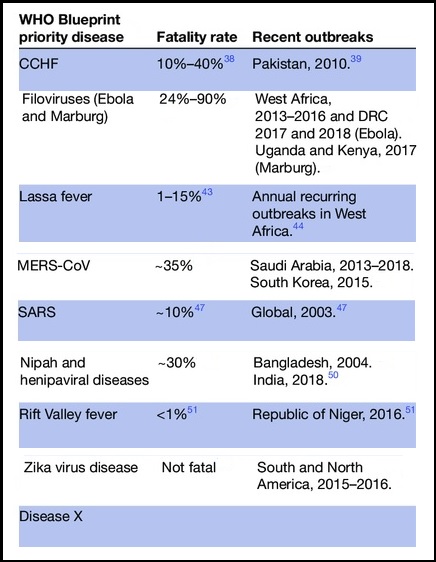7667766266
enquiry@shankarias.in
The WHO Director-general at the 76th world health assembly has cautioned against the threat of emerging pathogens.
